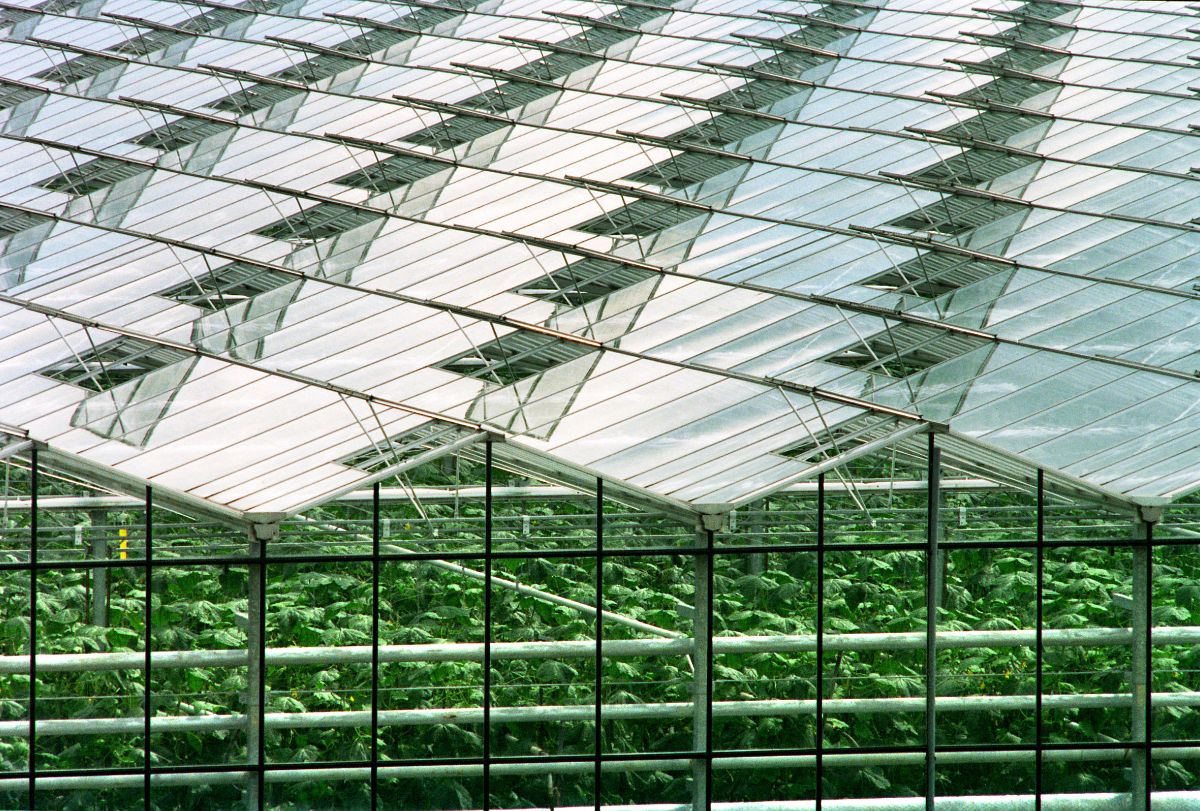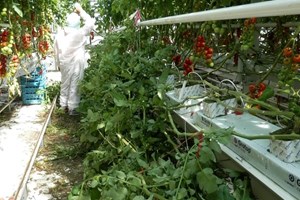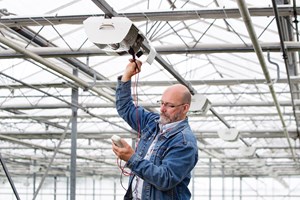The risks of new energy supplies can be limited effectively

In more and more countries, the demand for new technologies to limit fossil fuel dependence is increasing. New techniques lead to new risks. How can you safely embed this in your organisation?
Horticulture is looking for ways to use sustainable energy to reduce fossil fuel dependence. With this, entrepreneurs introduce new techniques, which sometimes entail new risks in the company.
One example is a connection to wastewater treatment plants (WWTP). These produce a lot of residual heat of 20 to 25 degrees usually discharged with the wastewater. By using heat pumps, this residual heat can be raised to 40 to 50 degrees, making it suitable for heating the greenhouse. The HP is powered by electricity from the grid, or produced by CHP's that also supply water at 90 degrees. The increase in this type of equipment also increases the risk of failure. Despite several CHPs and a large number of heat pumps, something as simple as the failure of the grid transformer can cause a disaster. Most CHPs will then be unable to kick in. This means no power and thus, no heat. When setting up such installations, which are crucial to your crop, it is important to think about redundancy forms (back-up).
By choosing a CHP that can also start up without grid current (island operation), you incorporate extra security. Other measures you can take to promote continuity include investing in multiple grid connections for when the connection fails. Or consider additional capacity by dividing the capacity demand over multiple units, i.e. compartmentalising the building. Besides equipment failure, it is also important to consider the risk of fire, among other things. The use of a fire alarm or sprinkler system can also significantly reduce the risk. Are you also thinking about using and investing in alternative methods to supply your greenhouse with energy? Together with you, we will map out the risks and offer solutions on how you can best insure yourself against them.


